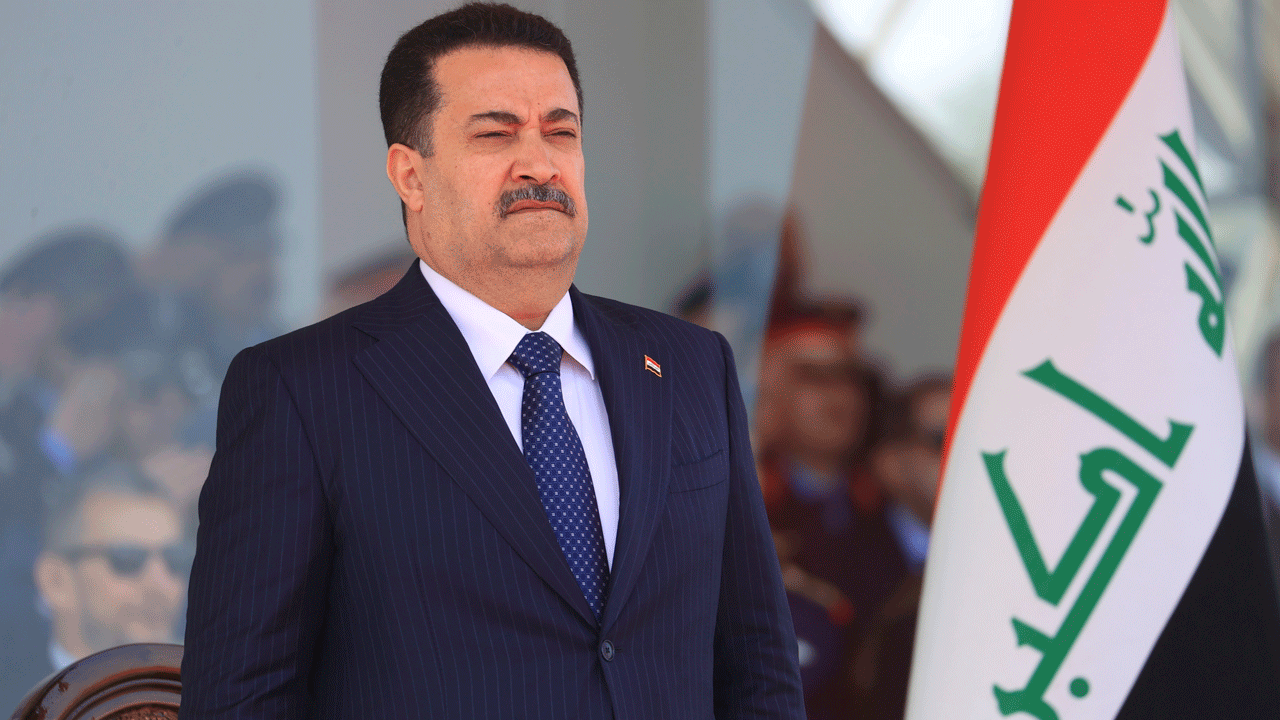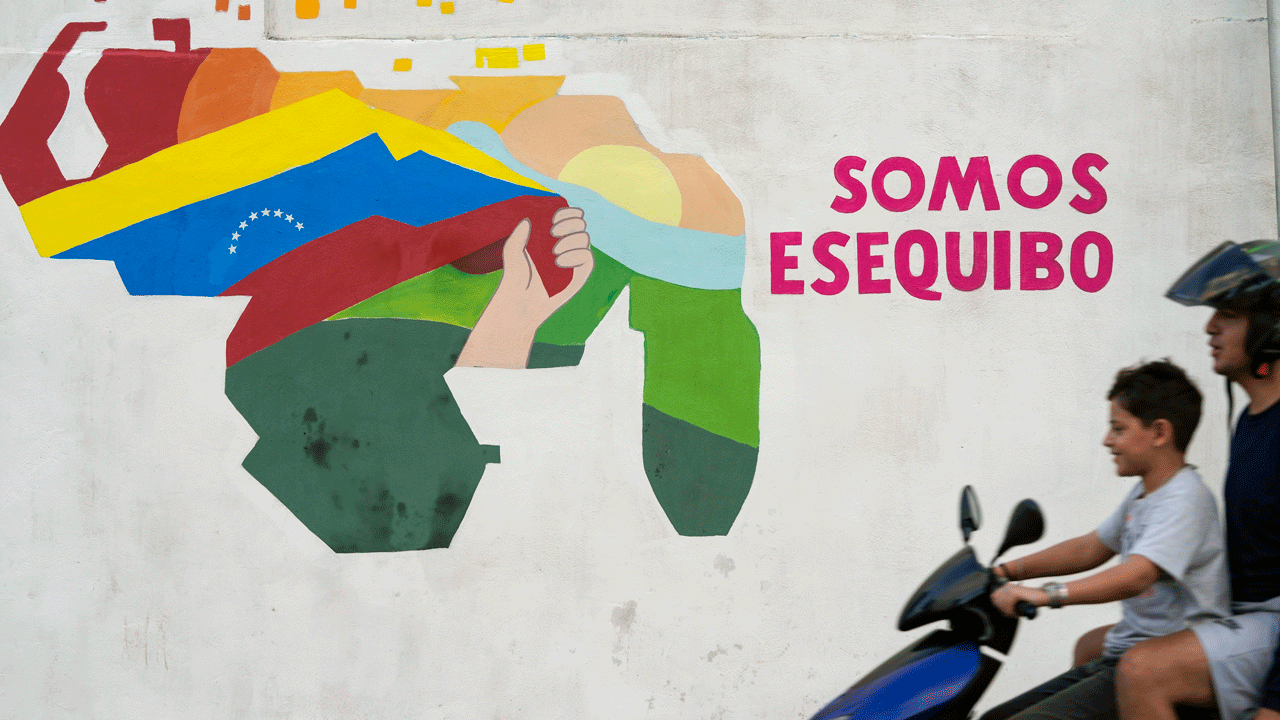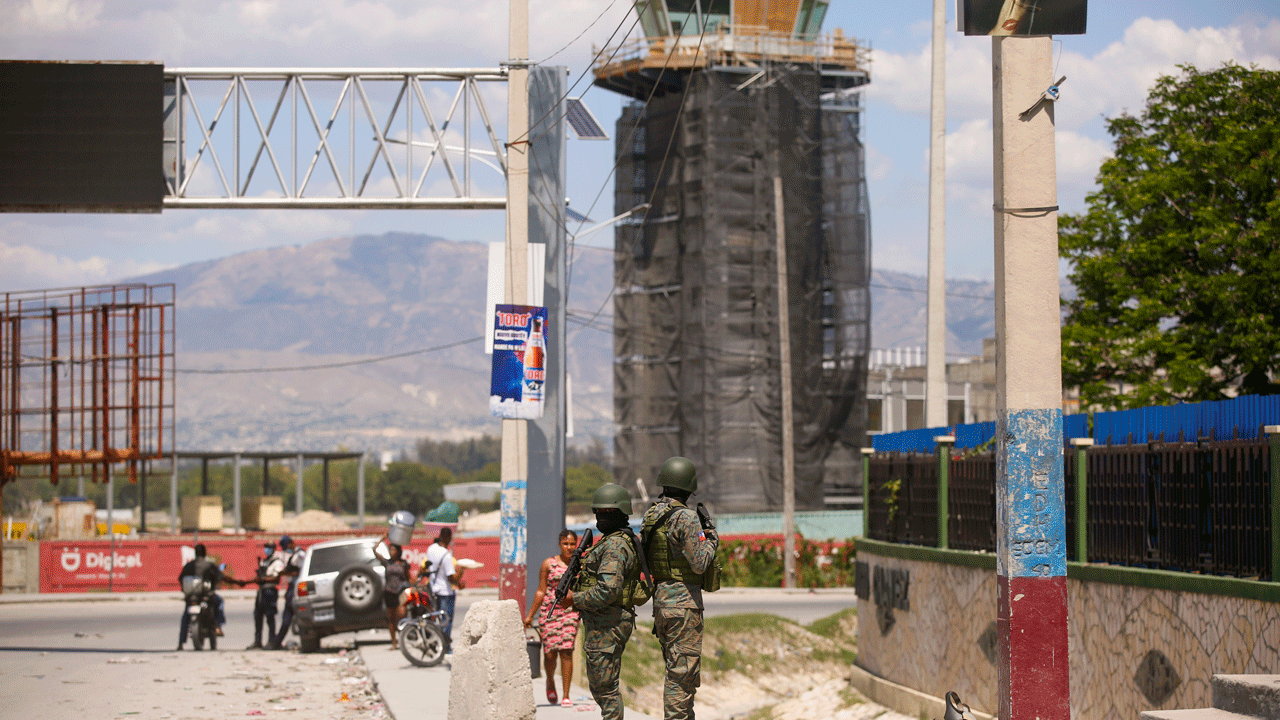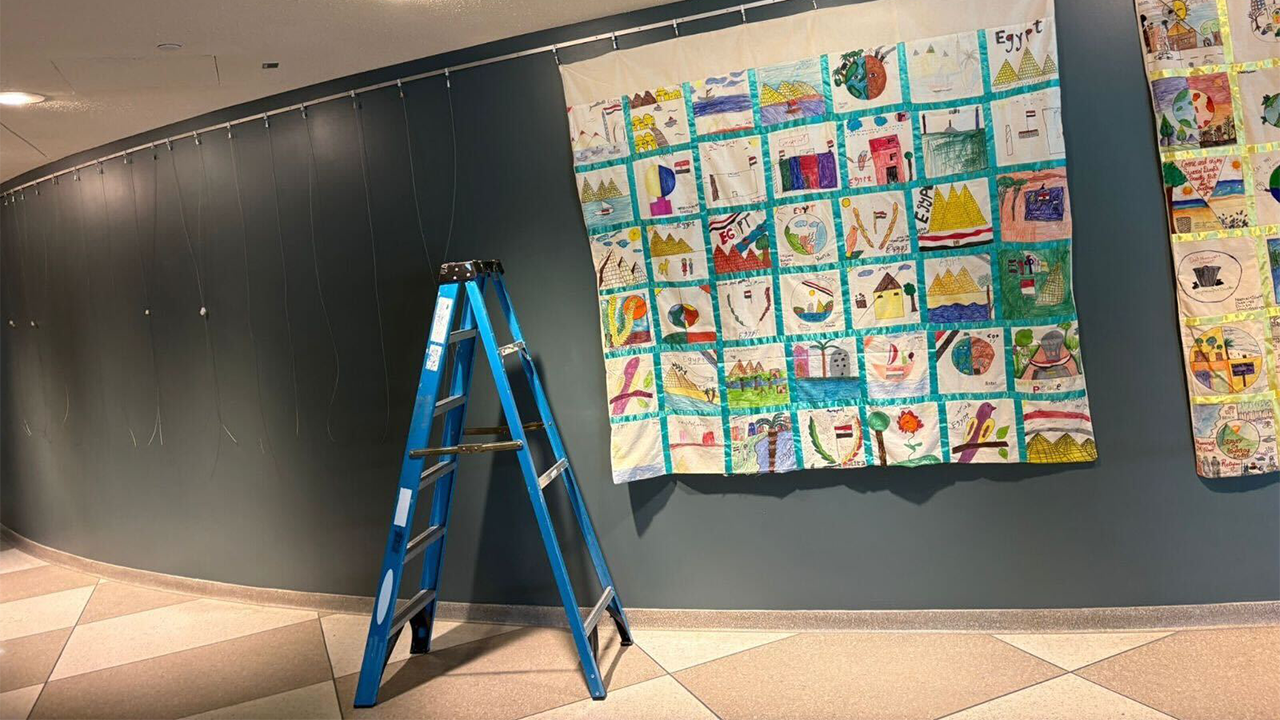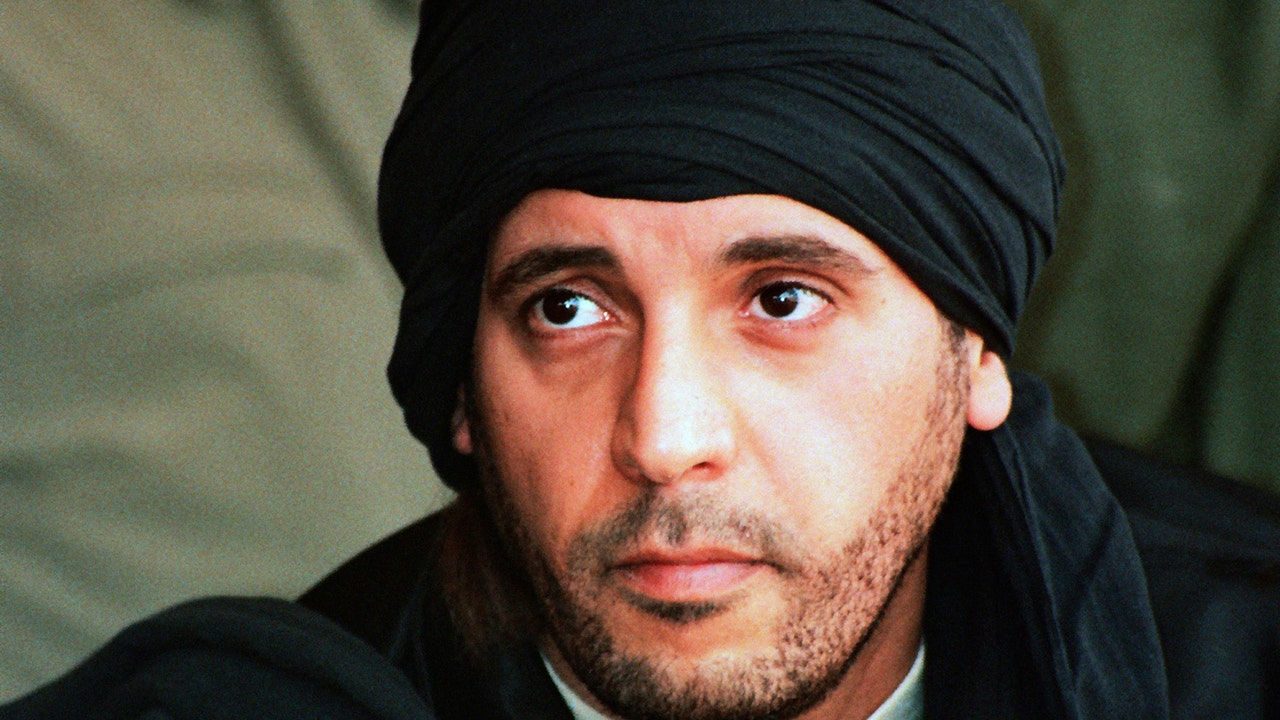If you are going to make a documentary about danger, you have to take your camera to daring places. You have to point it at nefarious subjects, doing brazen things, and capture a level of authenticity essential for a credible film.
That was the case for the crew on “State of Silence,” which explores the existential threats faced by journalists in Mexico. For the documentary’s tense opening segment, the team accompanied the reporter Jesús Medina on a nighttime search for illegal loggers cutting down trees in a remote forest in the state of Morelos. When Medina, with his camera in hand, encountered one, the unsuspecting transgressor was fully masked — and brandishing a thundering chainsaw.
As Medina began his interview with the logger, the film crew was just a few steps behind, recording the scene while both men did their risky jobs, and as the journalist — no stranger to precarious assignments — de-escalated the situation into a businesslike conversation between two professionals.
“Sometimes you have no other work option and you have to do this out of necessity,” the logger explained. Medina got the point, and his story gently morphed into a nuanced profile of a worker toiling to support his family, despite the hazards.
“And our camera just sort of captured that,” the director Santiago Maza said. “And it was very human and sympathetic, for better and for worse.”
According to the Committee to Protect Journalists, which maintains an office in Mexico City, around 140 journalists have been slain on the job since 2000, and others remain missing, making Mexico the most dangerous country for the profession in the Western Hemisphere.
In more than 90 percent of the cases, no one has been held accountable for the crimes, said Jan-Albert Hootsen, the committee’s representative in Mexico, who described the statistic as an “astronomically high rate of impunity.”
“State of Silence” was developed by La Corriente del Golfo, a production company founded by Diego Luna and Gael García Bernal, two Mexican actors who rose to fame with the 2001 film “Y Tu Mamá También.” The company has produced narrative features and documentaries meant to shine light on social and environmental issues.
Luna is an outspoken defender of journalists, frequently touting the fundamental idea that a free press, and the information it provides, are key to solving the problems of social inequity and violence that plague parts of Mexico.
That freedom is under constant threat in the country, Luna says. And the problem is becoming worse, even though the television news shows, newspapers and internet news sites report the violence, with great alarm, every time it happens.
“We are getting to the point where we are normalizing what is going on for journalists in my country,” Luna said in a phone interview from Uruguay, where he was filming a movie.
His solution: creating a television series chronicling on-the-ground reporters as they worked. Luna said the series would personalize journalists’ stories so the public could see them as real people, not just statistics, and help them understand how cartel violence, widely enabled by government corruption at all levels, is censoring media reporting.
But Mexican television networks “wouldn’t touch it,” said Maza, who works at La Corriente del Golfo as a content developer and assumed directing duties on the documentary.
The team instead decided to make a full-length feature and hope for distribution. The format changed, but the premise stayed the same. The result was “State of Silence,” which focuses on the experiences of four journalists who have faced multiple threats and lost close colleagues to violence, yet continue to chase stories. In addition to Medina, the film follows Marcos Vizcarra in Sinaloa and the husband-and-wife reporters María de Jesús Peters and Juan de Dios García Davish from Chiapas.
The couple’s story starts in a small, simple house in a rural part of Southern California where they, with their teenage daughter, have relocated with support from the Protection Mechanism for Human Rights Defenders and Journalists, a program developed by the Mexican government to assist citizens under threat.
There, they are safe but unhappy. They are unable to do their jobs, and de Jesús Peters is far from her ill mother back home.
“State of Silence” captures her frustration and isolation in the United States and follows her as she decides she has had enough of exile and needs to return to Mexico, even if it is too dangerous for her family to join her. The film crew accompanies her on the bus ride back to Chiapas and her return to reporting in the field.
“State of Silence” makes both political and artistic statements. Using testimonials of reporters and editors, along with television news clips and footage of public speeches, the film blames the government, as much as the criminal gangs, for the brutal treatment of journalists. Many local officials have been bought off by the cartels, and reporters have nowhere to turn when assaults happen. The program to relocate journalists is a bandage that does not address the real problem of prosecuting crimes.
Near the end of the film, there is footage of Mexico’s president, Andrés Manuel López Obrador, whose administration has had a contentious relationship with the media, complaining that the press is “against us.” The documentary’s insinuation is that journalists are cast as an enemy of the people, and the brash dangers they face filter down from the top.
“Who cares about a journalist’s life if the boss says they’re scum?” Vizcarra asks in the documentary.
For the most part, Maza sticks to the facts, until he deliberately does not, editing into the film brief and mysterious segments where a liquid oozes onto the screen. It starts as a drip onto trees in a wooded area, then it grows over time, bubbling up as if it will one day consume an entire forest. Is it blood or oil or tar?
The director declines to say, revealing only that it is a “stain,” a metaphor for unstoppable violence, and that he is free as an artist — not a journalist — to play with reality.
“I think if we push the right buttons or massage the audience in the right way, they can be more invested in the film,” Maza said.
“State of Silence” has an element of horror to it, but it does not turn into a horror film. Instead, Maza said, it was an alternative method of illustrating a dangerous situation in a daring way, perhaps not so different from capturing footage during a journalist’s dark journey into the woods at night.
“This stain, whatever it is, one day we’re going wake up and we’re going to be surrounded by it,” he said.

